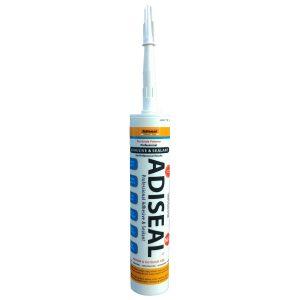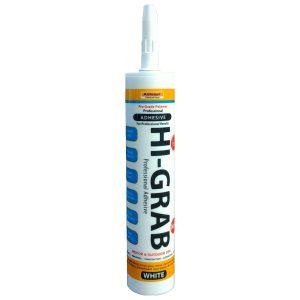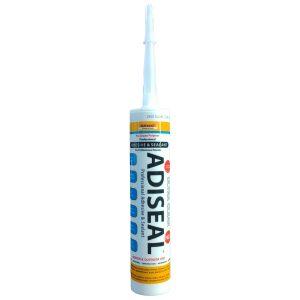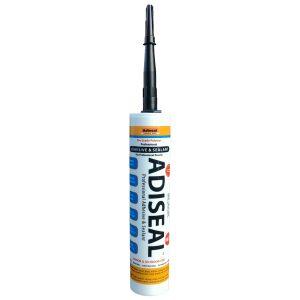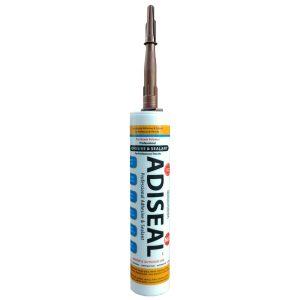Metal to Wood Adhesive
Metal to Wood Adhesive: Solid Bonds on Different Materials
Metal to wood adhesive is a reliable solution for creating strong and durable bonds between metal and wood surfaces. In this article, we will explore the features, applications, and benefits of using metal to wood adhesive. Whether you’re working on woodworking projects, furniture assembly, or structural applications, understanding the key aspects of this adhesive will help you achieve secure and long-lasting connections between metal and wood.
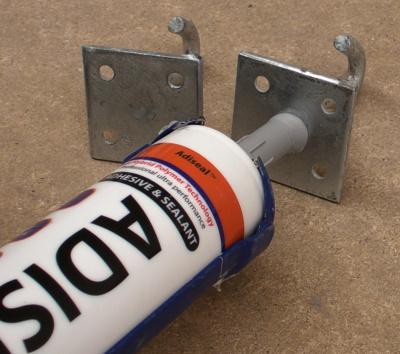
Benefits of Metal to Wood Adhesive
Metal to wood adhesive offers several advantages over traditional joining methods. Here are some key benefits:
1. Strong Bonding Strength:
– Provides a robust bond that can withstand various stresses, including shear and pull forces.
– Creates a secure connection between metal and wood surfaces, ensuring structural integrity.
2. Versatility:
– Suitable for a wide range of applications, from small-scale craft projects to larger construction endeavors.
– Compatible with different types of wood, including hardwoods, softwoods, and engineered wood products.
3. Weather Resistance:
– Resistant to temperature fluctuations, humidity, and moisture, ensuring long-term stability and durability.
– Suitable for both indoor and outdoor applications, such as furniture assembly and exterior woodwork.
Applications of Metal to Wood Adhesive
It finds numerous applications in woodworking, construction, and furniture industries, including:
1. Furniture Assembly:
– Bonding metal hardware, such as hinges, handles, and brackets, to wooden furniture pieces.
– Securing wooden tabletops to metal frames in tables and desks.
2. Cabinetry and Joinery:
– Bonding wood panels to metal frames in cabinets, wardrobes, and shelving units.
– Assembling wooden doors and windows with metal components, such as hinges and locks.
3. Decorative Crafts and DIY Projects:
– Creating artistic pieces by bonding metal accents, ornaments, or decorative elements to wooden surfaces.
– Building custom wooden structures with metal reinforcements, such as planters, pergolas, or trellises.
Tips for Using Metal to Wood Adhesive
To achieve optimal results when using these products, consider the following tips:
1. Surface Preparation:
– Ensure both the metal and wood surfaces are clean, dry, and free from any dust or debris.
– Sand the wood surface lightly to provide a roughened texture, enhancing adhesive bond strength.
2. Application Techniques:
– Apply the product evenly and sparingly on both the metal and wood surfaces.
– Use a brush or a small roller to achieve a uniform and controlled application.
3. Clamping and Curing:
– Secure the metal and wood together firmly using clamps or other appropriate fixtures.
– Allow sufficient curing time as per the adhesive manufacturer’s instructions before subjecting the bond to stress or load.
Conclusion
Metal to wood adhesive is a versatile solution for achieving strong and reliable bonds between metal and wood surfaces. With its strong bonding strength, versatility, and weather resistance, it serves a wide range of applications in woodworking, construction, and furniture assembly. By following proper surface preparation and application techniques, you can create secure and long-lasting connections in your metal and wood projects. Metal to wood adhesive provides a convenient alternative to traditional fastening methods, allowing for efficient and aesthetically pleasing joinery between different materials.
Showing all 6 resultsSorted by popularity
